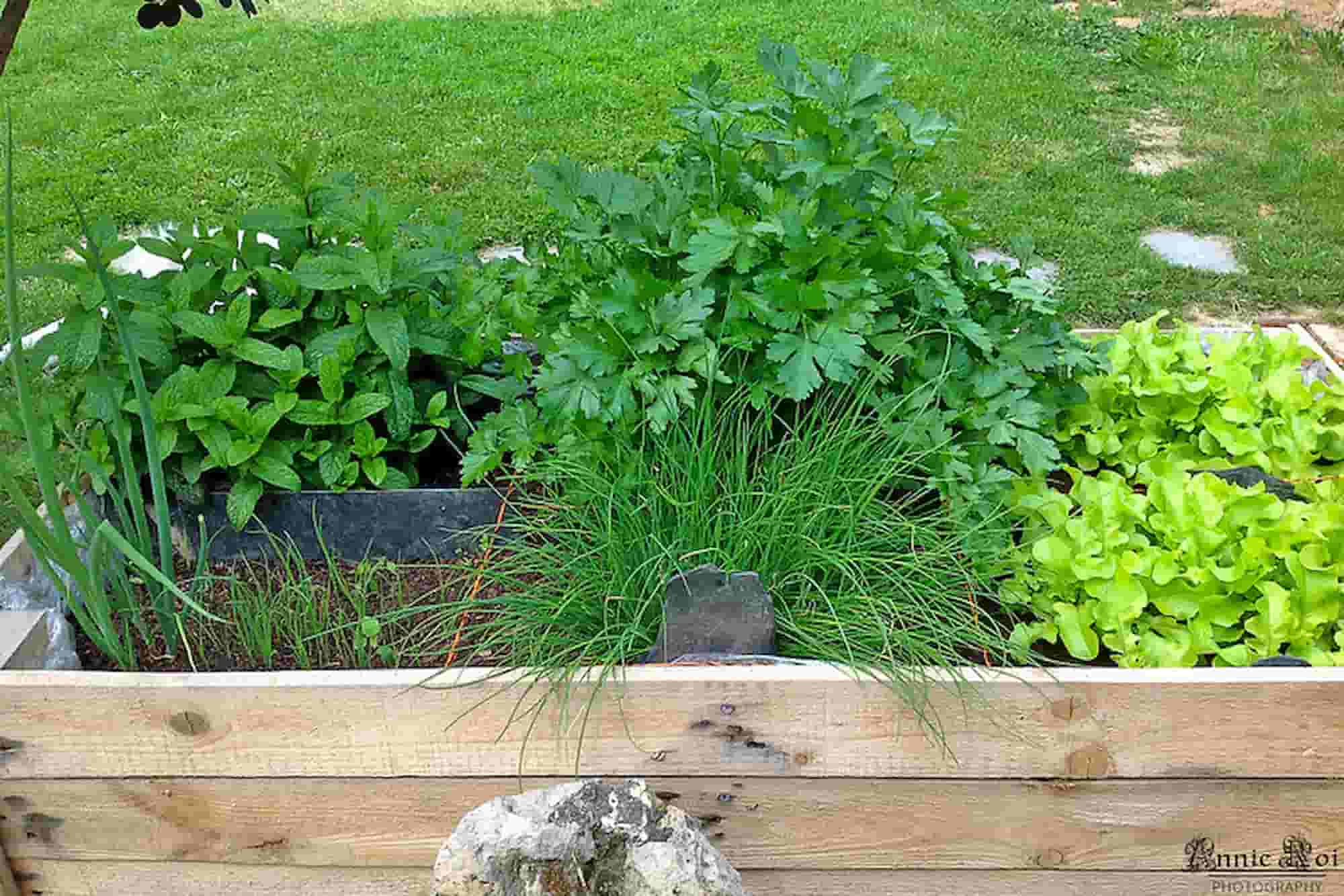
Small vegetable patch: our space-saving tips
All our tips to optimise space in your small vegetable garden
Contents
Today, with land becoming scarcer and time limited, space for vegetable gardens tends to shrink. We’re forced to grow vegetables and soft fruit in sometimes confined areas. Don’t see this as inevitable! On the contrary, it’s almost an opportunity to try new gardening techniques. By optimising space and crops, being inventive and combining plants, you can easily grow a mini-vegetable garden and achieve bountiful, profitable harvests. Discover with us 6 tips to save space in your mini-vegetable garden.
Make the most of vertical space in your vegetable garden
Growing a small vegetable garden vertically seems impossible? Yet it isn’t, because many vegetables and small fruits such as strawberries are perfectly suited to this change of dimension.
Make the most of space
Generally, all vegetable plants that have small tendrils can potentially grow vertically. Moreover, these plants benefit from it: they make full use of sun, are watered at the base without risk of wet foliage (a common source of disease), and are not in direct contact with soil, which can be harmful to some plants.

As a gardener, you gain m2 of ground space that can be used for other crops. And the icing on the cake, you reduce lower back pain during harvest. No more bending over to pick beans… Finally, another advantage: vertical vegetable growing adds an aesthetic touch to a small vegetable garden by breaking monotony.
How to do it?
Techniques for vertical growing are varied: for example, you can train plants up a well-exposed wall using sturdy wire mesh, a rebar frame or a trellis. Teepees, pole frames, bamboo canes or stakes allow you to grow beans or peas. Wooden pallets, placed vertically, can hold herbs or strawberry plants.
Which vegetables to grow vertically?
Some vegetables are well suited to vertical growing in a mini-vegetable garden. Start with climbing beans, which yield better than bush beans, or peas or sugar snap peas. The large family of cucurbits also adapt well to vertical cultivation. For example, cucumbers, gherkins, melons, pumpkins and some small squashes and vining courgette varieties grow very well when trained, provided they receive plenty of sun and adequate water.

Cucumber grows very well vertically in a mini-vegetable garden
Also try growing potatoes in towers.
Combining complementary crops
As it’s impossible to push the limits of your small vegetable patch, consider companion planting. The principle is simple: alongside a main, long-duration crop, fill the space with secondary crops that will be harvested while the others are still far from ripeness.
In practice, some leafy vegetables are champions of rapid growth. Moreover, they have a poorly developed root system. Thus, radishes, various lettuces, rocket and chicories can be slotted between carrots, onions, beetroot… Plant basil or spinach at the base of tomatoes, or rocket at the base of peppers, aubergines or cabbages. This technique also has the merit of providing shade for leafy vegetables that appreciate it, such as lettuces or spinach. In short, use space wisely while ensuring water and light requirements of each vegetable are compatible.
Discover other Vegetable gardens
View all →Available in 0 sizes
Available in 1 sizes
Available in 1 sizes
Available in 1 sizes
Available in 1 sizes
Available in 1 sizes
Available in 1 sizes
Available in 1 sizes
Available in 1 sizes
Available in 1 sizes
Crop planning
One way to make a small kitchen garden profitable is through crop planning over a year. Thus, on each previously defined plot, different crops are sown in succession, one after the other as soil becomes available. This allows you to make a small kitchen garden pay by growing three varieties in the same small area. Moreover, some vegetable plants will bring benefits to succeeding plants by making soil more fertile and aerating it.
To illustrate, here are some examples: on one plot, start by sowing radishes in April. At end of May, when radishes have been harvested, follow with beetroot until August, at which point leeks are planted. On another area, grow spinach, tomatoes and chicory in succession.
Crop planning requires rigour. Draw up a detailed plan of your small kitchen garden and organise crops on paper from one year to the next.
Testing cultivation on mounds
Growing on mounds is a principle inspired by permaculture that involves growing vegetables not flat but on mounds approximately 1.20 m wide and 50 cm high. This increases planting area and vegetables have deeper soil, which allows planting more densely. Each mound is separated by small paths, the soil from which is used to form the mound, sometimes retained by boards. Mulching prevents erosion by water but the mound will need rebuilding after a few years.
Prioritise certain vegetables at the expense of others
Some vegetable plants grow quickly and have excellent yields, others occupy space for long periods for less profitable harvests. In a small vegetable patch, you must be ruthless and make choices. So, set aside potatoes (unless you harvest them as new potatoes), squashes or artichokes that remain in the ground for a long time. Instead, plant without hesitation short-cycle vegetable plants such as lettuces, radishes, spinach, turnips, tomatoes, peppers, aubergines… and some early vegetable varieties.
Rather than sowing outdoors, favour young plants bought from garden centres. Alternatively, sow seeds under cover.
Invest in other spaces
Admittedly, a vegetable garden is the most suitable place to garden. However, don’t hesitate to use other sunny spots such as a balcony, a terrace or a small courtyard, even without soil. Simply obtain (or make yourself) a raised bed, freestanding or tiered planters, a simple shelf filled with pots… to grow a few tomato plants, some strawberries, radishes or lettuce.
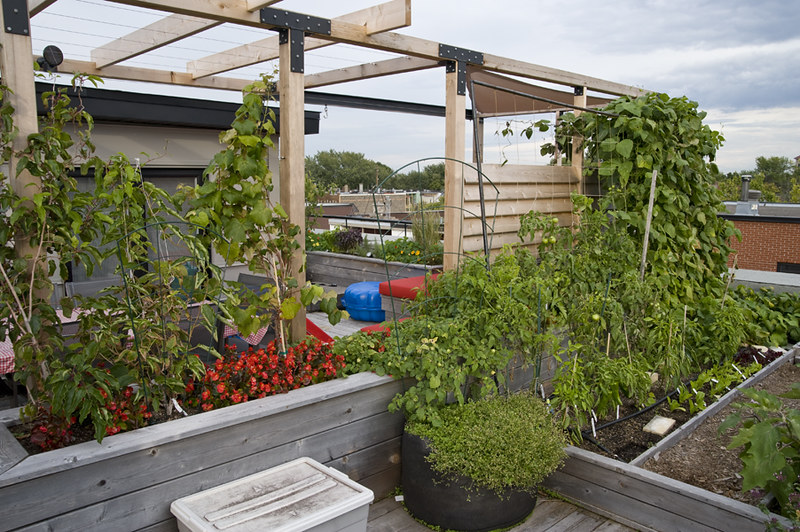
- Subscribe!
- Contents
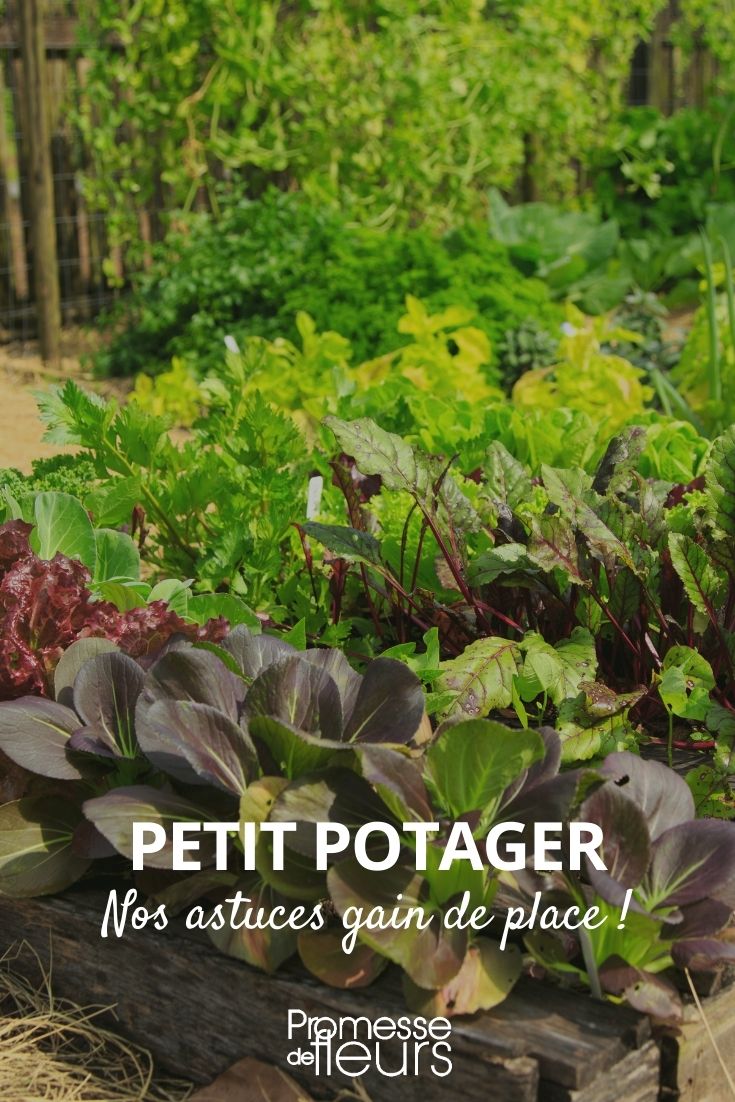


































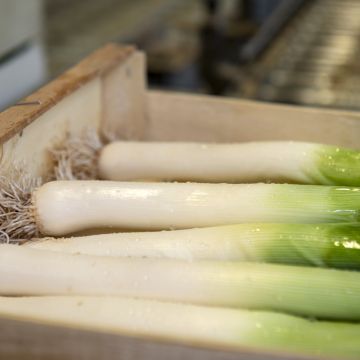

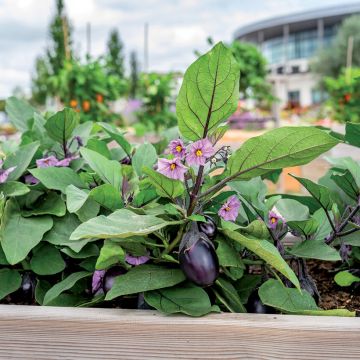

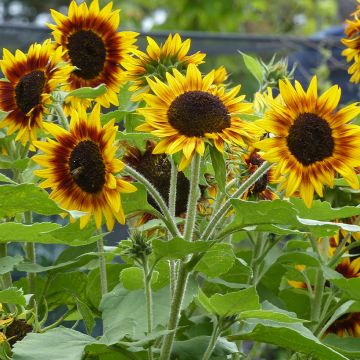
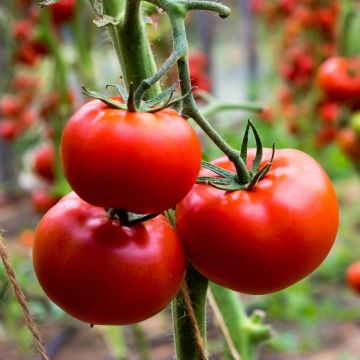

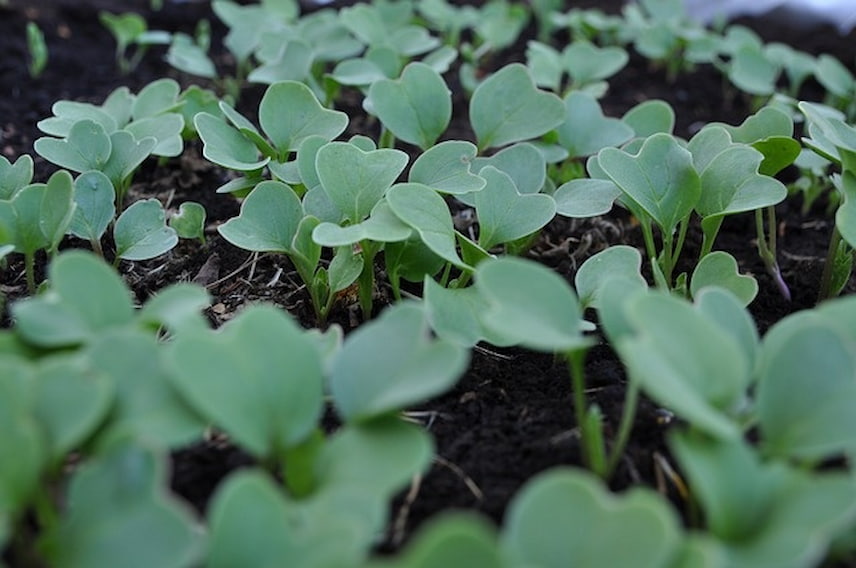
Comments